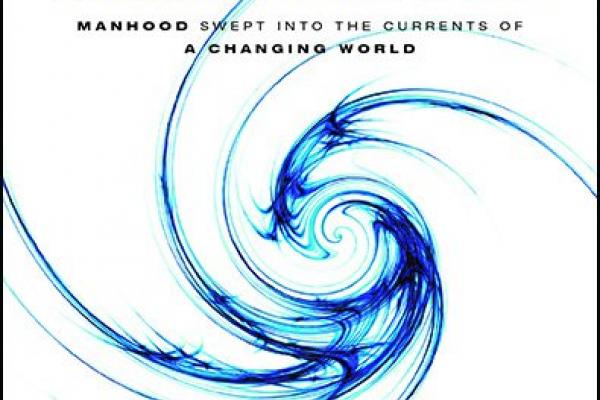MANHOOD SEEMS to be in crisis today, for a host of reasons ranging from silly (a feminized church because of too many altar girls?) to serious (a porn and video game epidemic, alienating boys and men). Carolyn Custis James’ Malestrom gives needed context by pointing this crisis of masculinity back to humanity’s very fall into sin and the patriarchy that sin generated. She calls this patriarchy the “malestrom”—a societal whirlpool that sucks men into a broken way of life and destroys them.
The malestrom is unfortunately familiar to us, although James explores its contours in compelling detail. Sin manifests itself in men through a patriarchal hierarchy that leads us to resort to violence to establish status. The dominant model of what it means to be a man is to father children, provide for them economically, and protect them from the outside world. In light of this, how can we be surprised that we have hurting men and boys in our church who don’t fit in that model?
James tells biblical stories of men who pushed back against the patriarchal order to better reflect the image of God—men and women together in a “blessed alliance” to bring God’s kingdom. These stories culminate in the example of Jesus as the ultimate man who lived fully into a healthy masculine identity. The incarnation is the pivot of gender history as it is for all history. Jesus came and inaugurated a new way of being in the world. He taught and modeled a humility and inclusion of the marginalized that breaks apart the malestrom and liberates men as it liberates us all.
James leaves us in the chaos of masculinity with these examples of men who have fought patriarchy. This is a brave choice—she doesn’t let us escape from the problems, and she opens the door for conversations rather than offering pat answers.
In her analysis, she encourages humility and self-sacrifice for men, especially in our culture, which empowers men to be cruel and domineering. Rebuilding what she calls the “blessed alliance” is the only way forward so that we can better reflect the image of God as we act together, but James is unclear on how to practically develop this in our lives and relationships.
I worry that this will trap men between two worlds—a place I’ve often felt myself. We can be caught between a world in which we fail because we don’t fit into what anthropologist David D. Gilmore calls the Impregnator-Protector-Provider model of masculinity and a world in which we fail because we can never be humble, self-sacrificial, or inclusive enough. To avoid a violent hegemonic masculinity, we can tip into a perfectionistic discipleship. The grace of God frees us from both of these heavy yokes.
The church needs to offer this challenging grace to men who are still struggling to live into Jesus’ countercultural model of masculinity and fall into pride, violence, or other poisonous caricatures of masculinity. Malestrom, hopefully, can be a tool to help provide that kind of grace.
James lays an important biblical foundation in Malestrom that cries out for substantial future work. We still need to figure out how men can and should live more fully into their calling as images of God in partnership with women. I look forward to working with my brothers and sisters in Christ to break down a sinful and oppressive gender culture.

Got something to say about what you're reading? We value your feedback!

